
Pasolini
I posted a long interview with Molly Klein a couple days ago….on theatre, on my work specifically, and on an engagement with the spectacle.
I wanted to write some random sort of addendums to that, and to some recent film criticism, and on audience creation.

I find an awful lot of film writing to be woefully short on actual film history. I suppose this raises issues about how influence works within a medium that is, first, so mediated by economics, and secondly, so new —- a medium with a history of a hundred years or less, really. The mediation by capital is the more acute issue. While I think the auteur theory a bit strained at this point, it remains useful as a touchstone for analysing aspects of film and film narrative. And basically, I think, it has merit.
A week of watching films released this year. The week of Chris Dorner, renewed surveillance activities by US police, a meteor hitting the Urals, Russia (we assume, we are told), and people realized the abattoirs of Europe were sending horse meat un-labled to various processors. ‘Horse Meat Lasagna’ read the tabloid headlines in the UK.
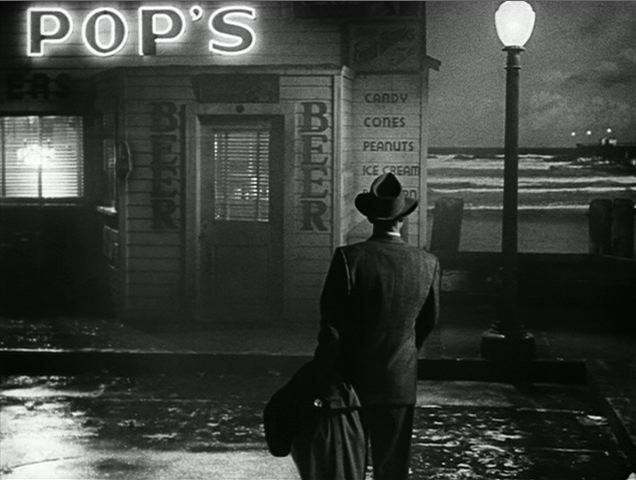
Fallen Angel, Dr. Preminger, 1945
The president gave the State of the Union address. What is most interesting here is performance. Bush gave war speeches. Obama gives “hope” speeches. They do the same thing. The results are exactly the same. And while some journalists I’ve read seem to make a case for the cosmetic trimmings of “hope”, I suspect this has to do with, both, class, education, and the evolution of the brand “war on terror”. Obama is factually worse. NDAA is worse. The signing away of the bill of rights is worse than anything Bush did…and Bush did a lot. Well, HE didnt, but his presidency. Its the performance, stupid. It is brand Obama. Crackdown on dissent, but smile while you do it.
Then the Dorner story. And the Dorner lynching, the public beheading of a “rogue” cop, is worth a serious study in terms of dialogue and narrative.

The police scanners make clear the police wanted to “burn the mothefucker down”. Nobody objects to the fact because they say, well, he was a cop killer. Yeah, he confessed. So what. You are SUPPOSED to get a trial. The state needs that information. The fabric of society is knitted together by the rituals of Roman Law — the idea of facing your accusers, of an impartial judgement.
The police say they found a wallet in San Ysidro, at the Port of Entry to Mexico…south of San Diego…this was Feb.7th It was Chris Dorner’s wallet and ID.
Then, Feb 12th, the police say the found a wallet in the charred rubble of the cabin near Big Bear. Chris Dorner’s wallet and ID.
It won’t matter. The police are known fuck-ups. That narrative is well established. There are countless films where the protagonist is a detective with a drinking problem, and ex-wife (always the back drop of mysogyny) and a history of “excessive force”. But in the end, he is YOUR protection by the “bad guys” (terrorists, whatever). So that the various branches of law enforcement in California lied and fucked up is just part of the narrative. The narrative ends with the death of the “bad guy”.
The police scanners yeild some of the dialogue:
“Ok Steve, we’re going to go forward with the plan, with the burn.”
“Copy”
“I want it, uhh, like we talked about.”
Later we hear them discuss “back drops”….i.e. planted weapons.
It doesn’t matter, the narrative is familiar. The cops do this, they have an intense job. But in the end, they get the “bad guy”.
Later still, we hear:
“This was a clean out of a house, where a family member located what appeared to be some sort of RPG round. “
A family member? Well, no matter. The narrative is familiar.
Now, part of the official story has to do with Dorner crashing his truck (two versions of this story exist) and then running, carrying an RPG and extra ammo, up the steep snowy slopes and however far to the cabin. This is, obviously, not possible. No matter, the narrative is familiar.
The familiarity is also expressed by the “reality effects” of the cop on the edge….*sort of* bad, sort of uses too much force, but he’s one of the good guys, so you know, it’s all ok.
Dorner was a public hanging, or beheading, or stoning. No different. What is different today, is the mass imprint of narrative. Familiar narrative with clear and well known characters. The audience knows how this goes, they know the potential plot ‘reveals’ and ‘turn arounds’. But the final act is the same, and if it”s not the same, its the same anyway. Over three hundred black people have been shot by law enforcement last year in the US. How many cops went to jail? How many you think.
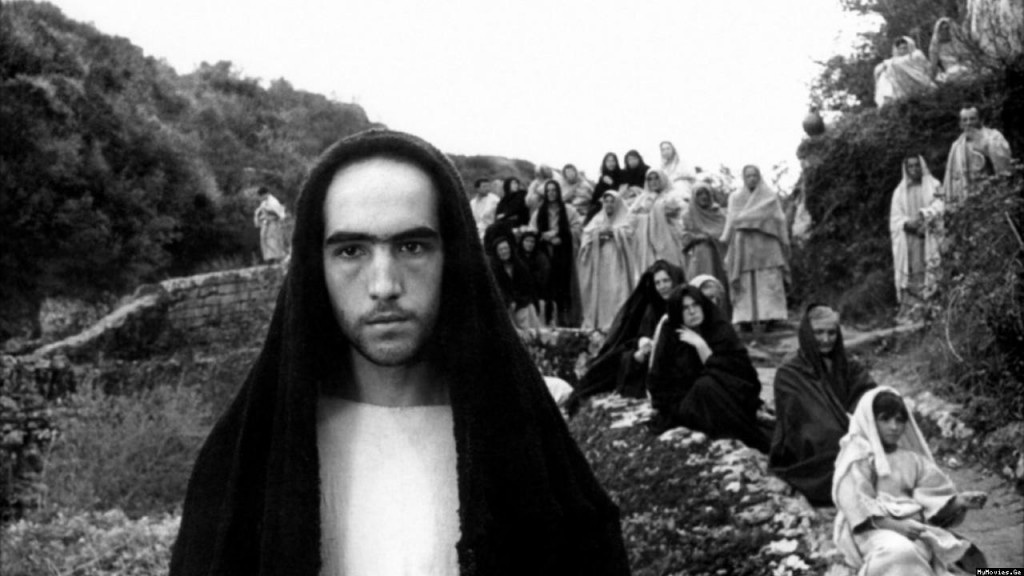
Gospel According to St. Matthew, Dr. Pasolini, 1964
I keep returning to Pasolini this week. Perhaps it was all those viewings of films such as Skyfall, or Zero Dark Stupid, or Killing Them Softly, or Arbitrage, or the endless TV junk that passes as substantive.
For Pasolini could not take a non-politicized breath. A film such as Teorema now seems to pocess a grandeur almost, though at the time of its release it seemed a minor work of the director.
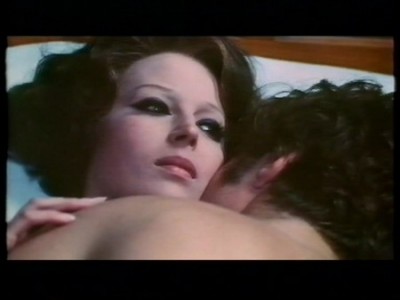
Teorema 1968
There are shots of the factory near the beginning, owned by a rich industrialist who serves as the central character. The factory sits empty — on strike — and it suddenly looms mysteriously in the middle of this industrial park. The grand production facility….the resemblance to prisons, and schools is obvious. Any building designed for the manufacture of homogenized ‘stuff’. For some reason….or for an obvious reason….I thought of the train station scene in L’Humanite, the Bruno Dumont film. The same sense of the life energy that is sucked out of people by an architecture of alienation.
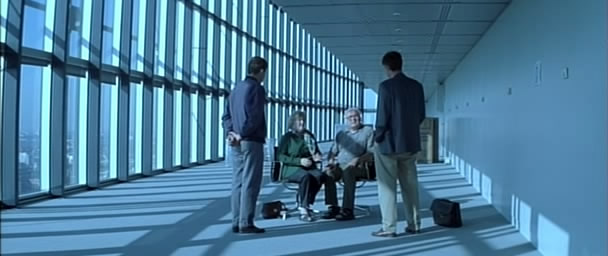
L’Humanite, 2007
For Pasolini, though, there was always the question of religion, or the aesthetics of church — and a strange ambivalence about socialism and sexuality. Of course his expulsion from the Party was never going to be a surprise. Pasolini is one of those great artists whose work lurks, over my shoulder, everytime I do anything. For there is a sensibility, an intelligence that I find in few film makers. I find it in Fassbinder, and to a much lesser degree (but it’s early) in Dumont, and Audiard. There is a sense in Fassbinder and Pasolini that the capitalist west is a death machine, reproducing new death at faster intervals. A system of intolerance, of bigotry and racism. An innate recognition of the oppression at the heart of all institutions. The radical vision, born partly of their feeling of marginalization due to sexuality, feels increasingly like something that has been subsumed. The radical homosexual. Burroughs or Baldwin, or Pasolini or Fassbinder or Jean Genet, or even Hart Crane …. somehow is digested because there is strange dialectic at work with the obviously necessary normalizing of gay marriage, and gay anything. But what is swept along with it, uncritically, is the remainder of the bourgeois value system which is now expressed by war criminal Obama. The “gay” vote is the un-dialectical identity politics of brand oriented thinking, a thinking which just does away with all class analysis. Kushner scripts the hateful revisionist Lincoln. That is where that career has gone. In retrospect, does ‘Angels now seem a bit audience pandering?

Teorema
Branding is everything. It is the problem when one fails to think dialectically. This issue though, in a related fashion, extends to much of the nominal left. Steve Shaviro’s idiotic blog post on Zero Dark Thirty speaks to this. Proceduralism is a useful term, I think. But its misused when analysing the so called *police proscedural*. The misuse is more just a terribly reductive throwing around of terms I don’t think Shaviro has a clue about. There is a rather profound difference, in form, in structure, and in content (as well as history) between films like Carlos or Zodiac, and CSI Little Rock. The police state apologies of Bochco and Wells and Wolf, are propaganda that normalizes the police apparatus, and demonize the poor, and traffic in narratives of fear (of the inner city, kids in hoods, child predators, etc….all of which, one should believe exist on every street corner in america). The proto anti-procedural might be the golden age of American noir. The early Premingers and Siodmaks, or Langs. The bureaucratization of post industrial capital follows critiques of everyone from Heidegger to Adorno, and now the likes of Beller are developing the idea of an attention economy, the final stage of advanced capital. The problem with Zero Dark Thirty is simply that it’s bad. The Leni Riefenstahl aspect has been written about, and its all true. But beyond that, the film carefully markets certain PR tropes of an orientalist nature. In fact its the most Orientalist film I’ve ever seen….something Shaviro never mentions. Instead we get this…
“And this, to me, is the genius of Zero Dark Thirty. When I wrote before about Kathryn Bigelow, I noted that her characteristic technique as a director is to immerse herself, and us, in the element, or environment, in which the story takes place (night in Near Dark; the seashore and the waves in Point Break; the realm of inner-psychic-life-as-virtual-reality in Strange Days; and the desert in The Hurt Locker). I also noted that The Hurt Locker marked her move to the genre of the procedural, in order to convey this elemental reality (which seems not to be “political” only because it is, in fact,the necessary precondition and container of the political).”
She “immersed” herself in the waves? What does that mean? She obviously didn’t carry her camera on her back, out beyond the shore break, and sit in a canoe — so what does it mean? Metaphorically? What indicates this? It’s silly meaningless blather.
Anyway, the whole piece is here………http://www.shaviro.com/Blog/?p=1114
I remember when “Crash” won the best film at the oscars. I thought, if this film were architecture, it would be a dental clinic. If Bigelow’s films were architecture they would be strip malls in Indio or Calipatria. By extension (and lets not turn this into a parlor game) the films of Pasolini might be Pharaonic temples. The point is that Bigelow makes ugly films. Ugly simple minded kistch, and no, she is not technically proficient….for those liberals who want (desperately) to be “fair” (in that sense, this is how I see proceduralism). The post modern liberal is self branding, and among the connective tropes of post modern liberalism is fairness….and yes, at the expense of critical conclusion.

Pasolini instinctively trusted his own elevated good taste, as well as native intelligence. The political vision of Gospel According to St Matthew is indelible, and so embedded in the whole of the vision that it carries over to all aspects of the film. The “real” is distanced, the spoken dialogue is largely looped, and music includes everyone from Bach (St. Matthew Passion, and Mass in B Minor). Odetta, Blind Willie Johnson, and Missa Luba.
What is striking about Pasolini’s Gospel, though, and this touches on my dialogue with Molly…..that there is a distancing of the “real”. The ‘reality effects’ are isolated largely, and one does not sense a documentary or historical re-creation but rather a ritual, a filmic ceremony using the canonic religious New Testament text. The non professional actors recite. They withold the performative as much as possible. It is Christ is a labor organizer more than anything else. It is a film of faces, or the working class, and of investigation of filmic poetics. It is also deeply anti-psychological. It is ellipitcal, as is the foundation text, but also from a directoral perspective, the Pilate scene is shot from afar. The better to distance any kistch psychologizing.
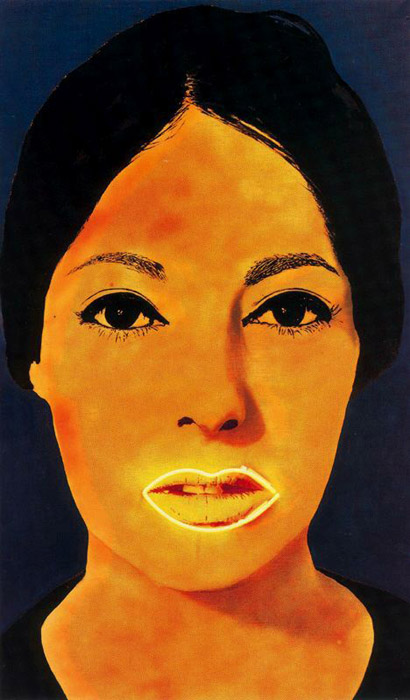
The idea of realism is connected to the function of technical images. Technical images are part of a program, an order of measuring and of data. The images of antiquity were linked to myth and magic. The technical production of image today erases myth — that’s its purpose. Along with myth, it erases history.
The technology of reproduction now raises a host of questions. Digital cameras do much of the work the photographer once did. How this affects work, how it affects our perception of work and play, is an interesting topic.
Flusser pointed out (and so did Randy Martin) the shift from owner (at least in image production) to programmer. The managerial class, those who coordinate and unify the big picture by controlling the smaller pictures. The technology and geometry and calculus of optics is worth another whole entry; for now there are issues of how the programmers, the distributors, shape the human condition. In other words, in this context, the aesthetics of image and text. In film, there is always the deep reading : the sense of borrowed gesture and voice. Jessica Chastain, in Zero Dark Stupid, is picking and choosing from a vast storehouse of available gesture and voice, already used repeatedly. Her reading of lines often sounds as if the sentence hasn’t quite finished. Its a bit unnerving, actually. The entire first half of the film is her reaction to torture sessions. Jason Clarke as her torture tutor, an actor given to ONLY the expression of smugness is also part of a very chaste cast of moral soldiers for Imperial good. No blow job jokes, no pussy jokes, no drunken assaults — the attractive Chastain is treated like the Virgin Mary — and well, that’s what she is, after all. Her initiation into the secret rites of torture costs her nothing except an occasional failure to pull together her look. When she is present at a suicide bombing that kills her associates this only fixes her resolve further. It is the pilgrims progress toward the Celestial City. The Arab world is only her own Slough of Despond. But all of this simple minded reach for gravitas is shot as if it were an infomercial. If there is a god, he or she will stop STOP Bigelow from ever having access to a steady cam again (and actually, there is a good deal of hand held in this film, too).
So, the infomercial aesthetic meets Chris Dorner. The SOTU speech serves as a backdrop (and how often has one seen TVs in shots where the President is speaking? Answer…many many many). The new cosmic referent is the TV set. The great mystical continuum of life and death is no more than the iconic appearance of a news reader. Oh, Jimmy Carter, so it must be…..oh, it is the Berlin Olympics….must be……oh its Panama… oh its Grenada…..etc. Note that the touchstone for reality is always the United States.

The sense of realism now, in terms of artworks, is only a collection of the most generalized of reality effects. What knits these effects together (as opposed to say my own work, as Molly Klein described it) or the work of a Pinter, of Handke, (and I am not suggesting I am comparing myself to them or anyone) is the draining of the uncanny by way of connective images or text. Usually, almost always in fact, it is image. If the film opens, black screen, but we hear rain…..the next image will be that rain. A rain streaked window, or wet pavement but not a Cherry Blossom in the sun, not the interior of a tramp trawler, not a acne blemish. And if it is, the rain effect must be explained very quickly. The point is that if there are jarring juxtapositions, there is short limit for reunification of meaning. The camera itself does a good deal of the programming of information all by itself.

There is also another topic at work in the question of realism, and that is color. Flusser points out that color images are far more abstract that B&W. The reason for this, simply put, is that they hide their theoretical origins more effectively. The more “realistic” the color, the more that origin is buried. The more we enter territory having to do with the imitation of reality, or nature. The more we must breakdown the *reality effects* of the medium itself, of the technology.
In theatre, the technology is limited, usually, to a few hung lights and a tape recorder. Of course higher budgeted productions dabble in more expensive effects … but to little purpose (think Lion King, by the hopelessly offensive Julie Taymor). In theatre one runs into text. The text leads the actor, leads the lighting and the physical plant itself. Text. The distancing of our collective understanding of “realism” is maybe the basic predication for how to begin the writing of a play. There must be a repudiation of linkage.
Until the narrative is scrubbed clean of the pre-programmed unifying characteristics, those linkages to the programmer and manager of reality that is advanced capital, then the play will lie inert. The elite class of successful kistch playwright and director, of institutional curator, reflexively scoff at this, for the political truths of a Pasolini are too frightening, too ….well, radical. This is why one reads the Dorner narrative, manufactured by Hollywood every bit as much as by the LAPD — and one senses the cracks in the surface. The ironic stance, the hipsters of white affluence, children of privilege, the expression of white supremicist patriarchy —the world system of neo Imperialist exploitation is simply all things that must be swept under the metaphorical rug. The rug of mass corporate culture. It is worthwhile to revisit Pasolini, he is too often forgotten. It’s possible that of all the great mid and late 20th century filmmakers, he has slipped off the radar. It may be, because he could be the most important.


Speak Your Mind